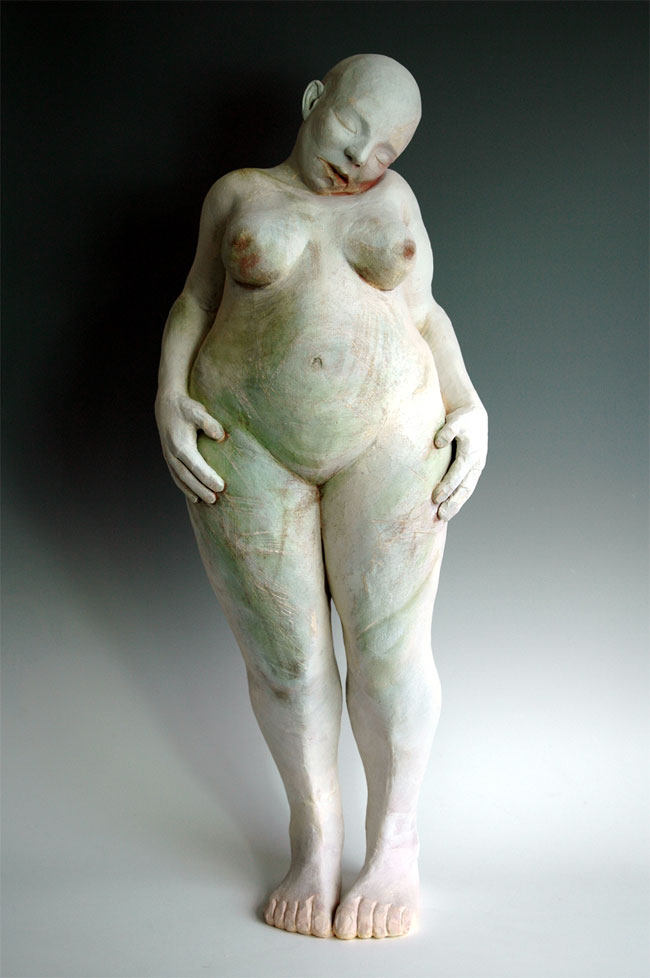Ancient Greek athletics is often associated with nudity. My knowledge on this subject was always incomplete and fragmentary. Now I’m going to dedicate a few posts to the phenomenon of nudity in Greek athletics in order to arrange the information I found recently. My main source will be the article “The Origin of Nudity in Greek Athletics” by John Mouratidis published in Journal of Sport History, Vol. 12, No. 3 (1985).
Let’s start from the traditional view on the issue.
Thucydides wrote that the Spartans [the Lacedaemonians] “were the first to bare their bodies and, after stripping openly, to anoint themselves with oil when they engaged in athletic exercise.” (see also Realms Of Gold A Journey In Search Of The Mycenaeans by Leonard Cottrell). Dionysios of Halicarnassos (see Roman Antiquities by Dionysius of Halicarnassus) believed that “The first man who undertook to strip and ran naked at Olympia, at the fifteenth Olympiad, was Acanthus the Lacedaemonian. Before that time, it seems, all the Greeks had been ashamed to appear entirely naked in the games…”

Young Spartans exercising by Edgar Degas
The famous painting by Edgar Degas illustrates what is thought to be a typical scene of a coeducated Spartan gym class.
On the other hand, the Megarians were making a counterclaim to Sparta’s and wanted to show that a native of Megara was the first naked victor. Pausanias wrote that it was Orsippos of Megara, “who won a foot-race at Olympia running naked at a time when athletes used to wear loincloths in the old style” (see, for instance, The Archaeology of the Olympics: the Olympics and other festivals in antiquity, p. 158). But another story described Orsippos not as a winner in the race but as a loser because he became entangled in his shorts.
The Athenians also pretended to be the pioneers of nudity in athletics. They told the story about a runner who fell because his shorts floated freely down to his legs. It presumably brought the infamous archon Hippomenes (the fourth decennial archon in 723 BC – 713 BC, last dynastic prytanis of Athens) to enforce, by law, that all men in the future should exercise naked.
J. Mouratidis concludes that
while the majority of traditional sources assign nudity in athletics as early as the 8th century B.C., Plato and Thucydides believed that it happened not long before their own era.
Three citations from the Homeric epics allow to take in that nudity was not a practice in earlier epoch, among the Mycenaean Greeks. But the material evidence shows that nudity was not unknown in Mycenaean Greece. One might suggest that the Homeric references to loincloths in athletics was an anachronism and reflect a practice of the poet’s own time.
The next observation of J. Mouratidis seems intriguing to me, since it could explain why to be seen naked might be considered indecent in the Homeric times. He wrote that
it is possible that Ionia, Homer’s own birthplace, was influenced by the existing practice in the oriental world. In the time of Herodotos (5th century B .C.), the Lydians, and barbarians in general, believed that it was a disgrace for a man to be seen naked. This Anatolian attitude towards nudity was apparently shared, to some extent, by the Greeks who lived in areas under Anatolian influence.
Greek nudity also shocked the Romans. It might be interesting to consider the origin of this barbarian belief.
According to J. Mouratidis, the classical sources tell not the story of the introduction of nudity in athletics, but the much more complex tale of the rejection of loincloths after failed attempt to introduce them into athletic competitions which had been made at the close of the sixth century. In his article he shows that nudity in Greek athletics had its roots in prehistoric Greece.














































